
Louis D
-
Posts
9,347 -
Joined
-
Last visited
-
Days Won
1
Content Type
Profiles
Forums
Gallery
Events
Blogs
Posts posted by Louis D
-
-
On 03/12/2018 at 08:39, Louis D said:
Britain is so small compared to the US, I can't imagine not driving halfway to meet a buyer. London to Liverpool is only 220 miles. That won't even get me out of Texas. For big ticket, heavy items, most Americans are willing to drive at least 200 miles to a halfway point. I drove 200 miles to pick up my used 15" Dob years ago and turned it into a nice daytrip.
Sorry to dredge up this old thread, but I came across this image comparing Texas to the UK which really drives home my point about driving to pick up an item versus shipping it within Great Britain. Just the other day, I drove across all of northwestern Texas and halfway across New Mexico to move my son out of college in Albuquerque (he transferred to a Texas college). As long as it's under a day's drive, it's no big deal.

-
6 minutes ago, parallaxerr said:
Stop it now gents. At least let me ride the 82° wave before you drag me deeper!
You don't know the power of the Green & Black side:

Resistance is futile:

-
 3
3
-
-
38 minutes ago, Alan64 said:
Indeed, as I have the Explore Scientific 127mm, and the exact same telescope as the Bresser...
I finally decided not to wait on Synta to "pony up" to the aperture stated within their distributors' and vendors' listings. To get the full aperture, the primary-mirror must be over-sized, and they've refused; but not JOC, the manufacturer of this one. A dew-shield is an absolute must...
Boom! There it is in the very next post. Almost exactly what I was talking about. A 127 Mak on an alt-az mount. Very portable, compact, and easy to move around.
-
 1
1
-
-
20 hours ago, Charlie 2436 said:
I will most likely go for the eq5 mount and look into the Bresser 127mak
On 27/08/2019 at 15:05, Charlie 2436 said:Sky-Watcher Skymax 127 as I have read it’s a good all round scope and quite portable.
I'm bit perplexed why you want to mount an 8 pound scope on a 44 pound mount if you're concerned about portability. I put together an alt-az setup similar to the Sky-Watcher AZ4 mount for my daughter's Celestron 127 Mak. At 18 pounds, it's a lot lighter. With scope attached, it's less than 30 pounds. If you went with an aluminum or carbon fiber tripod, the weight would be even less. If you have to pick up the mount and scope to dodge trees and buildings to see various parts of the sky, you're going to find out how unwieldy the 127 Mak/EQ5 combination is at over 50 pounds and very top heavy.
-
 1
1
-
-
Looking good so far, especially M31.
 Keep after it.
Keep after it. 
-
It makes a huge price difference for eyepiece collectors of rare items like Meade Research Grade Orthos or Nikon Orthos. For modern eyepieces, probably $10 or $20 difference or a quick sale versus a prolonged sale.
-
I had the same thing happen to mine. I picked up a couple of used Telrads with bad potentiometers for cheap, so they are basically on or off. The Rigel QuikFinder doesn't seem to suffer from this since it uses a CR2025 cell that never seems to die or leak (20 years and still going strong on mine).
I also use a green laser sight from ebay mounted on a Picatinny rail to save my neck and back. And yes, I always check for air traffic before lighting it up.
-
I have to agree with @vlaiv about 8" Dob setup time. I still have enough strength to just carry the whole thing out in one go while hugging it against my body. Attach a Telrad, check collimation, put the coma corrector in the focuser, and I'm ready to start putting eyepieces in the scope. All told, about 3 to 5 minutes which includes time to retrieve eyepieces/accessory cases from the closet.
By comparison, my grab and go setup below (Manfrotto 058B tripod, DSV-2B mount, Orion 127mm Mak, and AT72ED) takes much longer to setup because I have to spread the tripod after taking it outside since it's hard to get out the backdoor extended, level it, get the scopes out of their cases, attach and balance them in their clamps, insert diagonals, and attach a QwikFinder. All told, probably 10 to 15 minutes because there are more cases to retrieve and more pieces to assemble. It is more compact to store in a car for transportation than the Dob, it has a wider true field of view than the Dob, but falls fall short of the Dob in terms of maximum usable power, planetary details, and ability to reveal faint DSOs.
-
 2
2
-
-
3 hours ago, PlanetGazer said:
At which focal ratio do you usually start needing a coma corrector?
It's more of a question of how discerning has your observing eye become. I didn't use a coma corrector in my f/5 and f/6 Dobs for years. One day, I picked up a used GSO CC just to see if it would help. After I got the distance set about right, I couldn't believe what I had been living with at the edges. The field was flatter, coma was practically gone from the edge, and the only thing left was eyepiece field curvature and astigmatism. I only remove it for high power work when some sort of residual spherical aberration shows up or when using a 2" 2x Barlow because I can't reach focus otherwise. I really didn't think CCs mattered at f-ratios above f/5, but I found out otherwise.
-
 1
1
-
-
On 19/08/2019 at 08:27, 2STAR said:
It still gets Cloudy lol, we manage around 12 to 15 nights good sky per year.
Eric
Dang, move to west Texas or New Mexico and multiply that by at least 10. That, and you'll be quite a bit further south with much darker and drier skies.
-
 1
1
-
-
On 20/08/2019 at 01:21, Frank the Troll said:
In a similiar position, my back is totally naff, the 10" is just too much to cope with now, will be looking to sell it at some point, and go fo an 8" so I can mount it on the EQ6
Will it be permanently mounted on a pier? The EQ6 with counterweights is over 70 pounds without the OTA.
-
 1
1
-
-
2 hours ago, Ally8446 said:
Is it this one you're referring to...
http://apm-telescopes-englisch.shopgate.com/item/333631373637
Yes. I replaced my venerable 27mm Panoptic with it because it has better eye relief, less field curvature, and better edge correction. The field is also wider, both apparent field and obviously true field due to the 10% lower power. The Panoptic might be a tiny bit sharper on axis, but I don't do much planetary viewing with it, so it's not an issue to me.
-
I'll parrot my usual recommendation of the 30mm APM UFF at that focal length. I prefer it to my 30mm ES-82 due to its better edge to edge correction.
Since it's an f/6.3 Dob what will likely be f/7 or so with a coma corrector, you could even opt for a 40mm Maxvision to achieve maximum true field of view while staying under a 6mm exit pupil. It can be easily deloaked to reduce the weight.
I find 70 to 72 degree AFOV eyepieces more enjoyable than 80+ degree ones because I don't have to scan around the field as much to see everything. That said, they are fun to get lost in the view once in a while. My 12mm and 17mm ES-92s give me a lot of the Wow factor.
-
A thread raised from the dead.

Hopefully some will be able to answer your question.
Personally, I use a GSO/Revelation coma corrector for occasional photography. It's fairly simple to reconfigure for photography due to its M48 threads that can be attached directly to M48 threaded T-rings. The GSO version even comes with a M42 to M48 step ring if you have a traditional M42 threaded T-ring.

-
22 hours ago, Raph-in-the-sky said:
So... I ll finally got to try the EPs. And to me the GSO 32mm is the clear winner over the 30mm Bresser. To me it seemed that the GSO was clearer and sharper overall. I tested them on Andromeda and the disc seemed fainter and smaller with the Bresser.
For the other EPs the BSTs were great (but I already had/knew these EP). The 8mm Omegon Cronus gave me my best view of Jupiter to date. Later the 5mm BST gave me a good view of Saturn although I wasn't able to make out the Cassini division. The BST 15mm was great on M13. THe 6mm Planetary was good for the ring Nebula... From my experience during this night, I think the 30mm Bresser, both ultrawide 66 and the 25mm plossl will colect more dust than photons. The 4mm might be useful when seeing is better.
Obviously this is not the most professional EP review but I was like a child with my big new toy. I didn't want to intelectualize too much and just enjoy myself
That's the best way to settle on an eyepiece collection. Try out a bunch under the sky on your own scope looking through them with your own eyes.
Try to locate a local astro club and attend a non-public star party of theirs to try out some other members' eyepieces in your own scope. You'll also pick up some useful tips and tricks of the trade along the way. You just might make some new friends as well.
-
 1
1
-
-
I would get a 2" eyepiece around 30mm to maximize your true field of view while maintaining a 6mm exit pupil with your f/5 scope since that scope can accept 2" eyepieces. The 30mm APM UFF is quite nice. There are lower cost options with poorer edge correction.
I would then get a 12mm to 14mm wide field eyepiece for a nice mid-power option. The 12mm BST is decent, but there are plenty of wider options available if you don't need the eye relief. If you do need eye relief, the 12.5mm Morpheus is reputedly quite nice. If you've got the money and can balance it's weight, the 12mm ES-92 is hard to beat.
I would then get a 4mm to 6mm eyepiece for high power views utilizing a +/- 1mm exit pupil. The 5mm BST is decent, but again, but there are plenty of other wider options as well.
-
I'm thinking about getting the 30 pound Hubble Optics UP12 12" Dob to replace my 110+ pound 15" Dob. After multiple back and shoulder injuries, the 15" is just too much to lift even in pieces.
-
 1
1
-
-
The best bet for 70 degrees at 30mm is the APM UFF, though it is probably out of your budget. If you come across a used 30mm Widescan III clone such as the UW 30 mm 80° or 30mm Agena UWA 80 for $70 or less, they're a pretty decent performer that mainly suffer from field curvature. If you're younger and can accomodate that FC, then they're not so bad. The 35mm Aero ED is also no too bad of a mid-priced performer either. See below for some comparison images I took through these and some other low power eyepieces I own:
-
7 hours ago, Raph-in-the-sky said:
What do you mean by simple positive/negative positive? And will it impact my views?
A positive eyepiece design simply funnels the light rays of the objective (entering from the left below) into an image visible to the human eye as shown for several classic eyepiece designs below:

A negative-positive design is a hybrid in that there is a negative lens group ahead of the traditional, positive image forming section as shown below:

By first diverging the light rays (entering from the right above), image aberrations can be better controlled than is possible in a positive-only design. This is especially true for usage in "fast" scopes such as yours. Notice how much tighter the Nagler design's spot diagrams are at f/5 than the positive only designs. It also allows for much wider apparent fields of view to be implemented while maintaining good correction.
-
 1
1
-
-
7 hours ago, Raph-in-the-sky said:
What's SAEP/kindney beaning? how will I notice it?
It's spherical aberration of the exit pupil. Here's a nice animation from @Ruud showing what causes it:

Basically, light rays from the edge, middle, and center of the image don't all come to a focus at the same point behind the eyepiece. If your eye bobs around or if your iris is too constricted as when looking at the moon, some of the middle rays will be cut-off leading to a kidney bean shaped shadow in the image as seen in the upper right sub-image below:

You'll find it quite annoying to avoid seeing it under certain conditions if an eyepiece has it. If you are fully dark adapted and seated, SAEP isn't as big a problem as when standing or when you iris isn't fully dilated.
-
 3
3
-
-
Well said Stu. Think of it this way as well. With 2" eyepieces, the field stop at the front of the eyepiece can be larger than 1.25" in diameter which allows the eyepiece to image a larger portion of the image circle projected by the telescope objective. If the focuser is only 1.25" in diameter, this won't be possible because the focuser tube itself will crop the image circle before the eyepiece ever gets a chance to image it even if you were to put a 1.25" to 2" adapter in the focuser. The result would be massive vignetting of the image as seen by the eye.
-
 1
1
-
-
On 14/08/2019 at 18:05, JamesF said:
I'm not sure I like the look of the undercut on that, I have to say.
James
I'm glad they finally went with a screw-off 2" inch skirt like the ones on the AstroTech AF70 and similar eyepieces (Omegon Redline SW, etc.). I despise the Televue dual skirt design that dates back to the original 13mm Nagler T1:

-
 1
1
-
-
What a beauty!
 I can't wait to hear how it works under the stars.
I can't wait to hear how it works under the stars. 
-
 1
1
-
-
22 hours ago, Raph-in-the-sky said:
-4mm Skywatcher UWA-58°
-5mm BST starguiders ED
-6mm Skywatcher UWA-58°
-8mm Omegon Cronus WA 60°
-9mm 66° UltraWide Long Eye Relief Multi Coated (No brand - with a gold ring)
-15mm 66° UltraWide Long Eye Relief Multi Coated (No brand - with a gold ring)
-15mm BST starguiders ED
-25mm Super Plossl multi-coated (No Brand)
-30mm Bresser PL
-32mm GSO Super PLossl
Nothing redundant until 15mm really. You'll find you'll want to fine tune your power at higher powers because small changes in eyepiece focal length leads to large changes in magnification. I'd keep all of the 9mm and below for now. Be aware that the 9mm is known to have rather severe SAEP or kidney-beaning. Some folks deal with it better than others, so YMMV. Try keeping your head as still as possible when using it.
At 15mm, the 66° is reputedly a simple positive-only design similar to a Konig or Erfle whereas the BST Starguider is a negative-positive design better able to cope with the fast f-ratio of your scope. Compare them in your scope and see if that is the case.
I would compare the 30mm and 32mm Plossls and see which performs best for you in your scope. Neither is going to be a stellar (pardon the pun) performer at f4.7.
-
 1
1
-









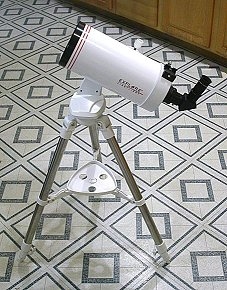
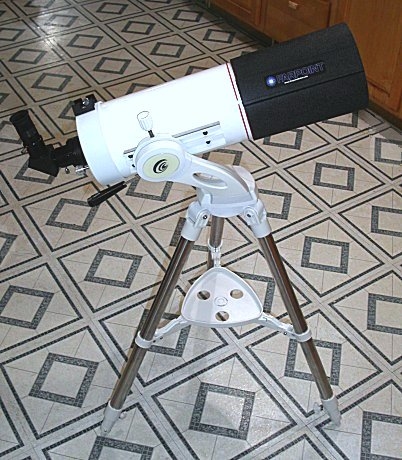






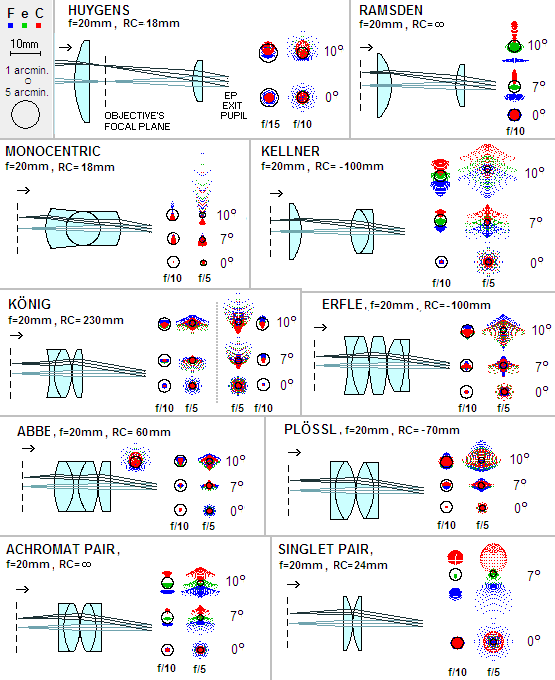
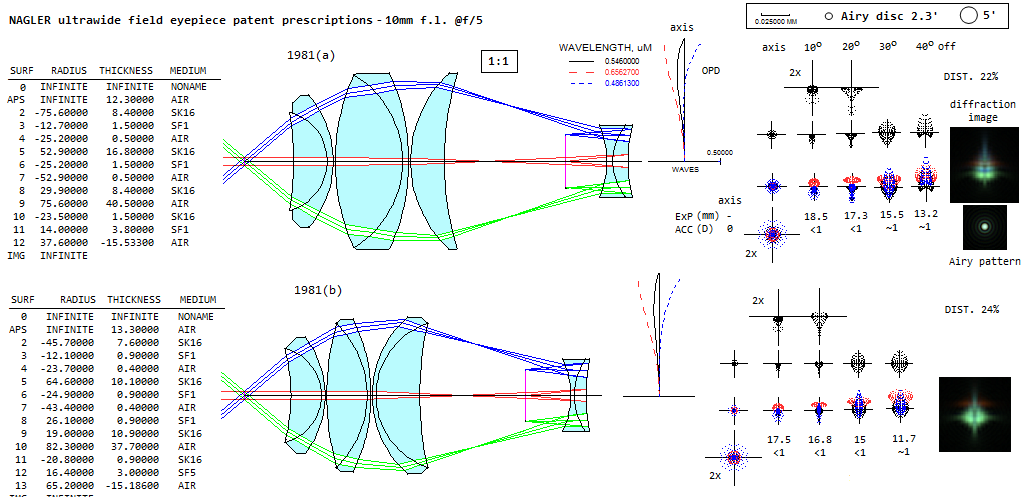
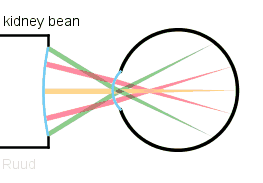


Couriers and astro' equipment.
in The Astro Lounge
Posted
Sounds like driving around England is a bit like driving around NEW England (USA) where I lived 30 years ago for a time. With the terribly twisty roads, heavy traffic, slow speed limits, and closely spaced towns, it took 7 hours to go just 300 miles. I can do the same distance in Texas in 5 hours or less.